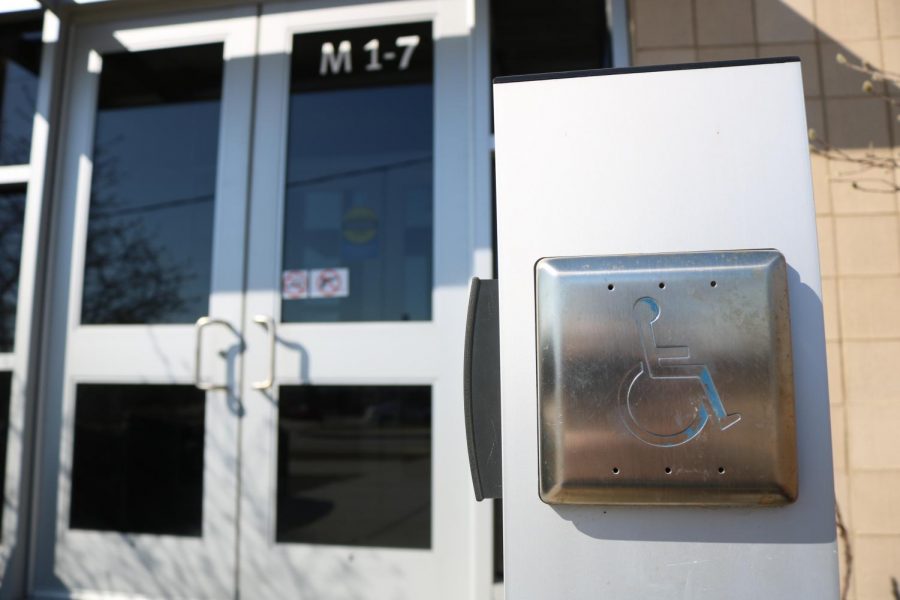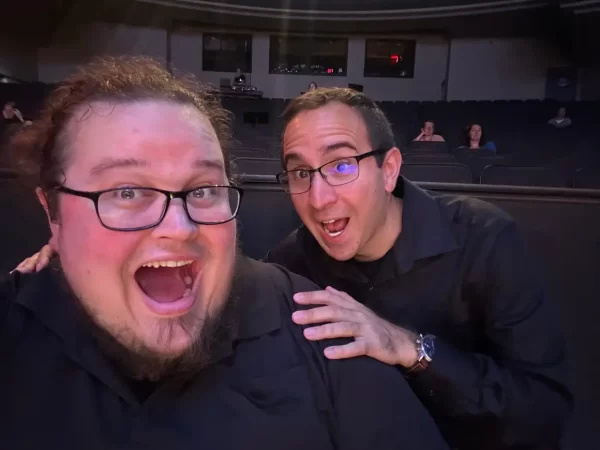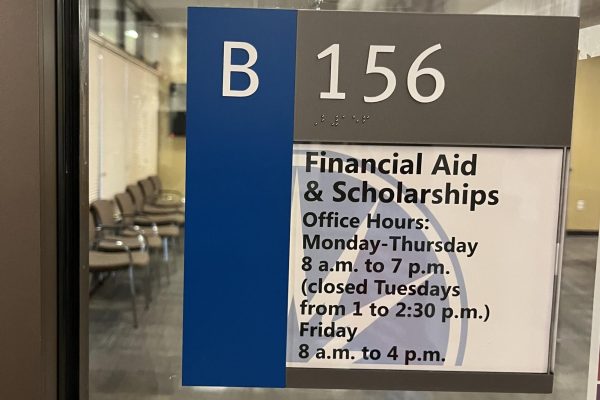Discerning disabilities
March 25, 2018
The term “disability” has become associated with many different stigmas and misconceptions directed toward those that are living with a disability. Many people are still under the impression that just because someone doesn’t look like they have a disability, they must not have one. The fact that disabilities come in a wide range of conditions is still misunderstood.
This April of 2018 brings Disabilities Awareness Month and the Observer is taking advantage of this time to dedicate an issue on raising awareness and educating students on the broad spectrum of disabilities.
A couple of the most prominent disabilities, both nationally and locally on campus, are attention deficit disorder (ADD), and attention-deficit/hyperactivity disorder (ADHD). Out of all of the ECC students that are currently living with a disability, 24 percent of them have ADD or ADHD. These two disorders are very closely related as they share many similar qualities.
According to the National Institute of Mental Health (NIMH), ADHD is a brain disorder marked by an ongoing pattern of attention difficulty, consistent moving/fidgeting, and/or impulsive behavior that interferes with functioning or development. These symptoms are becoming more apparent with our current generation’s position of having everything instantly available, so this may seem like normal behavior. However those with ADD/ADHD, these behaviors are more severe, occur more often, and/or reduce the quality of how they function socially, at school, or in a job.
Psychological disabilities such as anxiety or depression affect 20 percent of ECC’s disabled and are also non-physical. These are also normal feelings that just about every person feels from time to time, but those that are diagnosed with these psychologically rooted disabilities feel these emotions much more frequently, and with more intensity.
“Some students might not realize that they qualify for a disability,” said Pietrina Probst, coordinator of ADA and student disabilities services. “A lot of disabilities are completely invisible, you’ll meet with somebody or interact with somebody and you’ll never even know that they have a disability.”
Since the major awareness of these disabilities relies on the student’s observations of their behavior, Probst encourages any students questioning their behavior to come by her office in B125 and see if any support is needed.
“There are a lot of students that I meet with whom may have never been diagnosed with a disability before,” Probst said. “That’s part of my job to help refer that student to a psychologist or another physician that could provide that type of assessment and evaluation on the student to put a label on it.”
The next most prominent forms of disability in ECC are learning disabilities, affecting 23 percent of those that are disabled in the school.
According to the Learning Disabilities Association of America (LDA), learning disabilities are neurologically based processing problems that can interfere with learning basic skills such as reading, writing, or math.
The term “learning disability” is also a wide spectrum of disorders that is based on where the individual is having trouble learning. There is dyslexia, where the individual has trouble reading and comprehending what was read. There is dyscalculia, where the individual has difficulty understanding the basic principals of mathematics such as place value, addition, subtraction, or carrying and borrowing. There is also dysgraphia, where the individual has difficulty with their handwriting as well as being able to think properly while they are writing.
Another major form of disability is autism, which affects about 10 percent of ECC’s disabled. There are many misconceptions surrounding autism as a whole. Such as those that have autism are intellectually disabled, cannot understand the emotions of others, and are unable to feel and express their own emotions.
According to Autism Speaks, a website and publication dedicated to educating the public on the spectrum of autism, these ideas towards autism are completely false. Autism or autism spectrum disorder (ASD) refers to a range of conditions characterized by challenges with social skills, repetitive behaviors, speech and nonverbal communication, as well as by unique strengths and differences. There is no one type of autism but many types, based on the different combinations of genetic and environmental influences.
According to Autism Speaks, the idea that those with autism are intellectually disabled is untrue, many people with autism have normal to high IQs and some may even excel in certain fields such as math or music. The other idea that those with Autism cannot understand other’s emotions, as well as their own, is also untrue. Autism affects a person’s ability to understand unspoken communication, or body language and other social queues. If emotions are expressed more directly, the individual could be able to properly feel empathy or sympathy and would be able to express that directly to the person.
If you feel that any of these signs of any of these disorders may apply to you in any way, Pietrina Probst has a few words of advice.
“Reach out. Don’t be afraid to come and talk with me here in disabilities services. My job is to help that student out, to help that student achieve success. Some students are embarrassed, because of that stigma perhaps, or some students think, ‘Do I even qualify?’ Come and meet with me! Take one step at a time!”








Beth McGaw • Apr 3, 2018 at 2:43 pm
Hi Ian!
Thanks for recognizing learning disabilities and the Learning Disabilities Association of America (LDA) in your disabilities awareness article. You did a nice job of bringing attention to the prevalence of LD/ADHD in society. Let us know if you need more information.
Beth McGaw
President
LDA of America